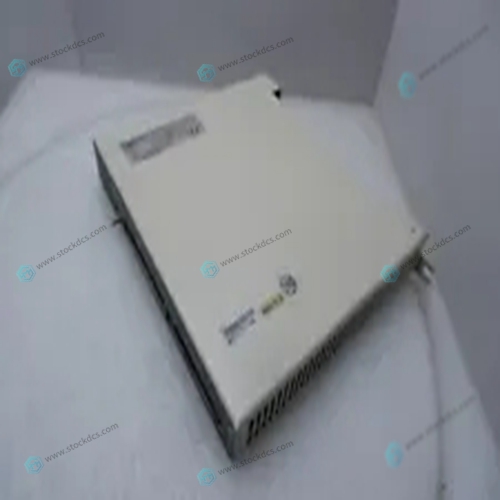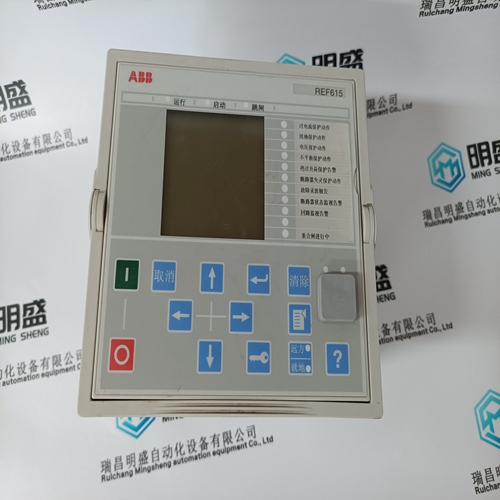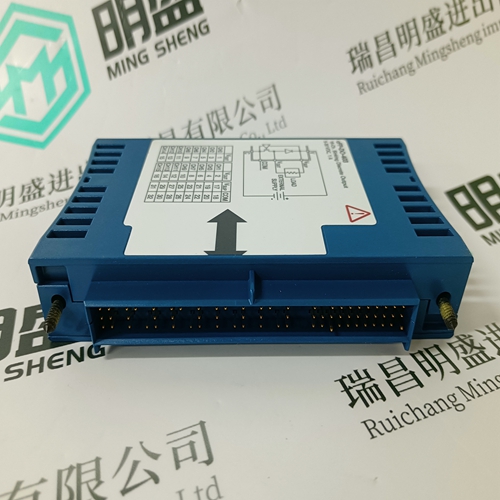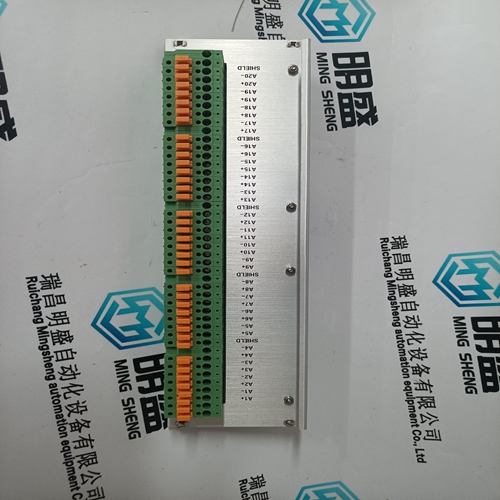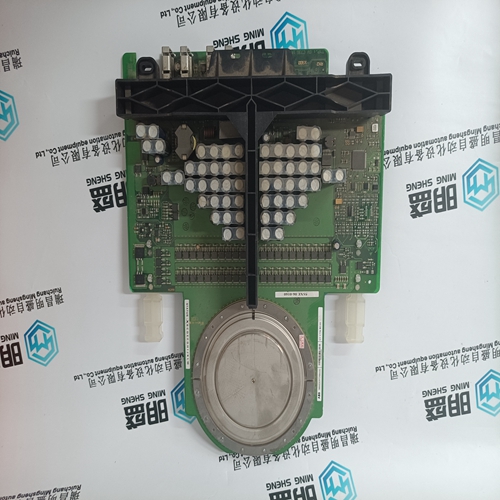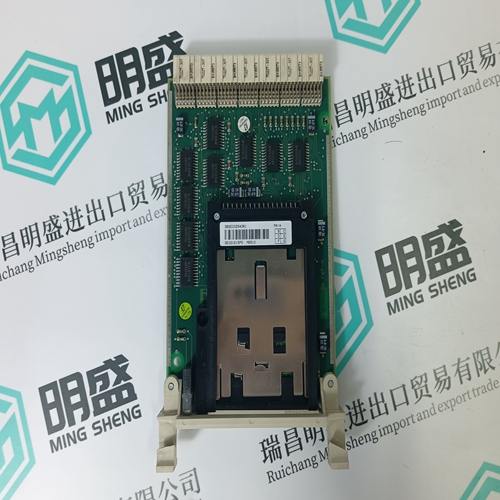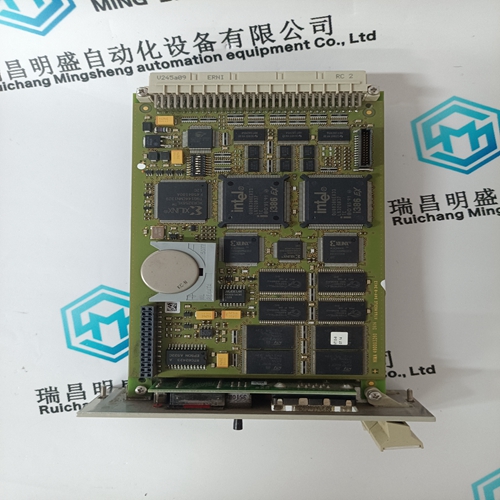Home > Product > PLC programmable module > RELIANCE S-D4006-F Pulse interface module
RELIANCE S-D4006-F Pulse interface module
- Product ID: S-D4006-F
- Brand: Reliance Electric
- Place of origin: The United States
- Goods status: new/used
- Delivery date: stock
- The quality assurance period: 365 days
- Phone/WhatsApp/WeChat:+86 15270269218
- Email:stodcdcs@gmail.com
- Tags:RELIANCES-D4006-FPulse interface module
- Get the latest price:Click to consult
RELIANCE S-D4006-F Pulse interface module
The local bus distinguishes interrupt acknowledge cycles from other cycles by placing the binary value %11 on TT1-TT0. It also specifies the level that is being acknowledged using TM2-TM0. The interrupt handler selects which device within that level is being acknowledged. VMEbus Memory Map This section describes the mapping of local resources as viewed by VMEbus masters. VMEbus Accesses to the Local Bus The VMEchip2 includes a user-programmable map decoder for the VMEbusto-local-bus interface. The map decoder allows you to program the starting and ending address and the modifiers the MVME162 responds to. VMEbus Short I/O Memory Map The VMEchip2 includes a user-programmable map decoder for the GCSR. The GCSR map decoder allows you to program the starting address of the GCSR in the VMEbus short I/O space.
Software Initialization
Most functions that have been done with switches or jumpers on other modules are done by setting control registers on the MVME162. At powerup or reset, the EPROMs that contain the 162Bug debugging package set up the default values of many of these registers. Specific programming details may be determined by study of the M68040 Microprocessor User’s Manual. Then check the details of all the MVME162 onboard registers as given in the MVME162 Embedded Controller Programmer’s Reference Guide.
Multi-MPU Programming Considerations
Good programming practice dictates that only one MPU at a time have control of the MVME162 control registers. Of particular note are:
❏ Registers that modify the address map
❏ Registers that require two cycles to access
❏ VMEbus interrupt request registers







Professional seller
Professional sales of major electrical brand products in the world
Overseas direct purchase of products, authentic inventory, price concessions
After sales warranty, complete models, same products, different prices and services
